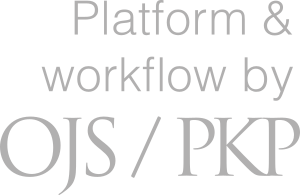Computer vision framework for crack detection and estimation of air leakage through the straight-through cracks in buildings envelopes
Nyckelord:
crack detection, computer vision-based methods, crack geometry, airflowAbstract
Over time, buildings inevitably experience physical and functional deterioration. Regular and accurate inspections are essential to ensure safety and functionality, helping to avoid hazardous and uncomfortable conditions. Cracks, a common indicator of structural distress, also facilitate air infiltration due to pressure differences between the interior and exterior. The precise and efficient detection of cracks, along with the estimation of air infiltration through these cracks, is therefore critical for civil engineering applications that aim to reduce energy consumption and enhance indoor air quality. This paper introduces a novel image processing framework for automatic detection of cracks in building envelopes, coupled with the measurement of indoor and outdoor air parameters, which could be used to assess crack size and to estimate air infiltration rates by using heat transfer and fluid mechanics formulas. A computer vision-based system for automatic crack detection is first developed by using the Python OpenCV library through binarization, Otsu's thresholding and Canny operator; geometric quantification of the cracks is then obtained via skeletonization, and the resulting morphological characteristics of the cracks are finally used to estimate airflow by using common fluid mechanics formulas.
Referera så här
Copyright (c) 2025 Maliheh Jahabakhsh, Andrea Ferrantelli

Det här verket är licensierat under en Creative Commons Erkännande 4.0 Internationell-licens.




